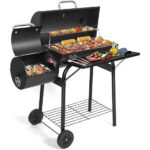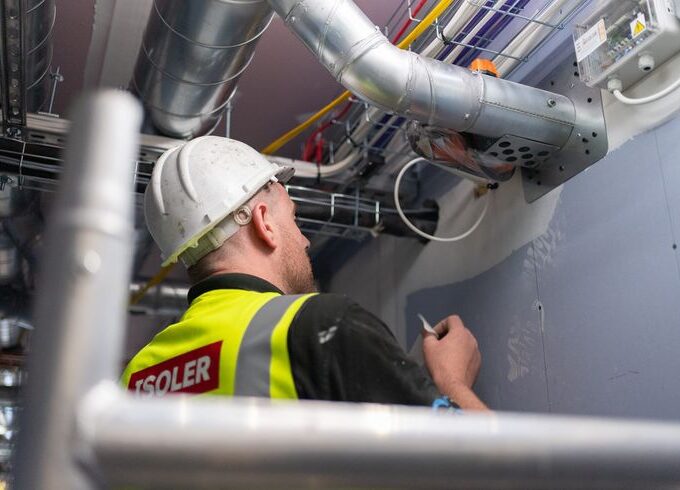Pizza, with its crispy crust, bubbling cheese, and tantalizing toppings, has secured its place as a beloved culinary delight worldwide. Central to achieving that perfect slice is the pizza oven — an essential tool that transforms dough and ingredients into a masterpiece.
Types of Pizza Stoves
Ovens come in various types, each contributing its unique charm to the cooking process:
1. Wood-Fired Ovens: These traditional ovens are renowned for imparting a distinct smoky flavor and achieving high temperatures quickly. Crafted from materials like brick or clay, they retain heat efficiently, resulting in crispy crusts and perfectly cooked toppings.
2. Gas Ovens: Modern and convenient, gas ovens offer precise temperature control, making them popular in commercial settings. They ensure consistent baking and are easier to maintain compared to wood-fired alternatives.
3. Electric Ovens: Ideal for indoor use, electric ovens provide even heating and are more energy-efficient. They are prized for their convenience and ability to produce consistently delicious pizzas without the need for an open flame.
4. Portable Ovens: Designed for outdoor enthusiasts or small-scale operations, portable ovens often use wood, gas, or charcoal for fuel. They allow for flexibility in location while maintaining the high temperatures necessary for authentic pizza baking.

The Art and Science of Pizza Baking
At the heart of every great pizza oven is the ability to reach and maintain high temperatures. Traditional wood-fired ovens can soar to 800°F (427°C) or more, whereas modern gas and electric models offer precise temperature settings suitable for various pizza styles. This intense heat is crucial for achieving the elusive balance of a crisp yet chewy crust, perfectly melted cheese, and caramelized toppings.
The design of pizza ovens also plays a significant role in the baking process. Ovens with domed or arched roofs facilitate even distribution of heat, ensuring that pizzas cook uniformly in a short amount of time. The materials used, such as refractory bricks or stone, help retain and radiate heat effectively, mimicking the conditions of authentic Italian pizzerias.
Crafting the Perfect Pizza
Beyond technical specifications, ovens embody a tradition of craftsmanship and attention to detail. Pizza makers, known as pizzaiolos, understand the nuances of their ovens — how to adjust temperatures, position pizzas for optimal cooking, and rotate them for even baking. This intimate knowledge allows them to produce pizzas that are not only delicious but also reflective of their expertise and dedication.

Ovens in Culture
Ovens hold a special place in culinary culture, symbolizing warmth, community, and tradition. In Italy, the birthplace of pizza, wood-fired ovens are cherished heirlooms passed down through generations, each one imbued with stories and secrets that enhance the flavors of every pizza baked within.
Beyond Italy, ovens have become iconic fixtures in restaurants, food trucks, and even home kitchens worldwide. They serve as gathering points where families and friends come together to share a meal, celebrate special occasions, or simply enjoy the simple pleasure of a well-made pizza.
In summary, ovens are not merely tools; they are guardians of a centuries-old tradition, embodiments of craftsmanship, and facilitators of unforgettable culinary experiences. Whether wood-fired, gas-powered, or electric, each type brings its unique advantages to the table, ensuring that every pizza emerges with the perfect blend of flavors, textures, and aromas. As we continue to savor the magic of pizza, let us remember that behind every great slice is a remarkable oven, faithfully serving as the cornerstone of this beloved culinary art.










